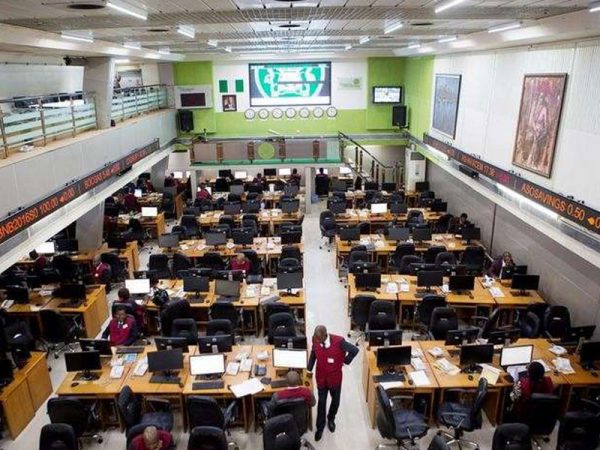Recession: Investment inflow into Nigeria shrinks by $4.5bn

The level of investment inflow into the country recorded a huge decline of $4.51bn from the $8.08bn in the first nine months of 2015 to $3.57bn in the same period of 2016, an analysis of the capital importation report obtained from the National Bureau of Statistics revealed.
The report, which was obtained by our correspondent in Abuja on Wednesday, showed that the decline of 55.2 per cent was as result of the harsh economic climate.
A breakdown of the inflow revealed that $710m investment was indicated in the first quarter of this year, while the second and third quarters had $1.04bn and $1.82bn, respectively.
These are against the $2.67bn, $2.66bn and $2.74bn recorded in the corresponding periods of the 2015 fiscal year.
The report attributed the huge decline in capital importation to what it described as the symptoms of the challenging period that the Nigerian economy was going through following the fall in crude oil prices.
It stated that while there were a number of reasons why the amount of capital imported in recent years had been higher than usual, the drop between last year and this year suggested that there were further reasons why Nigeria had attracted less foreign investments in recent quarters.
The report stated, “Investors may be concerned about whether or not they will be able to repatriate the earnings from their investments, given the current controls on the exchange rate.
“In addition, as growth has slowed in recent quarters, there may be concerns about the profitability of such investments.”
In terms of the composition of the investment inflow, the report revealed that the largest component of capital importation in the nine-month period was portfolio investment, attracting a total sum of $1.52bn.
This was followed by “other investments, with $1.35bn, and foreign direct investment, with $699.39m.”
A breakdown of the $1.52bn portfolio investment showed that equity accounted for $682.6m; bonds, $370.5m; and money market instruments, $475.55m.
The report added, “The relatively strong growth in portfolio investment meant it regained its position as the largest investment type, and it accounted for 50.51 per cent in the third quarter, compared to 18.69 per cent and 30.80 per cent for other investments and the FDI, respectively.
“Year-on-year growth rates remained negative; the FDI, portfolio and other investments declined by 52.54 per cent, 8.80 per cent and 45.05 per cent, respectively compared to the third quarter of 2015.
“In the case of the FDI and other investments, however, this was partly the result of a base effect, as there was a spike in the value of the FDI equity in the third quarter of 2015.
“Nevertheless, it is also possible that the weaker growth in the economy in the first half of 2016 has had an impact on the value of capital importation.”








